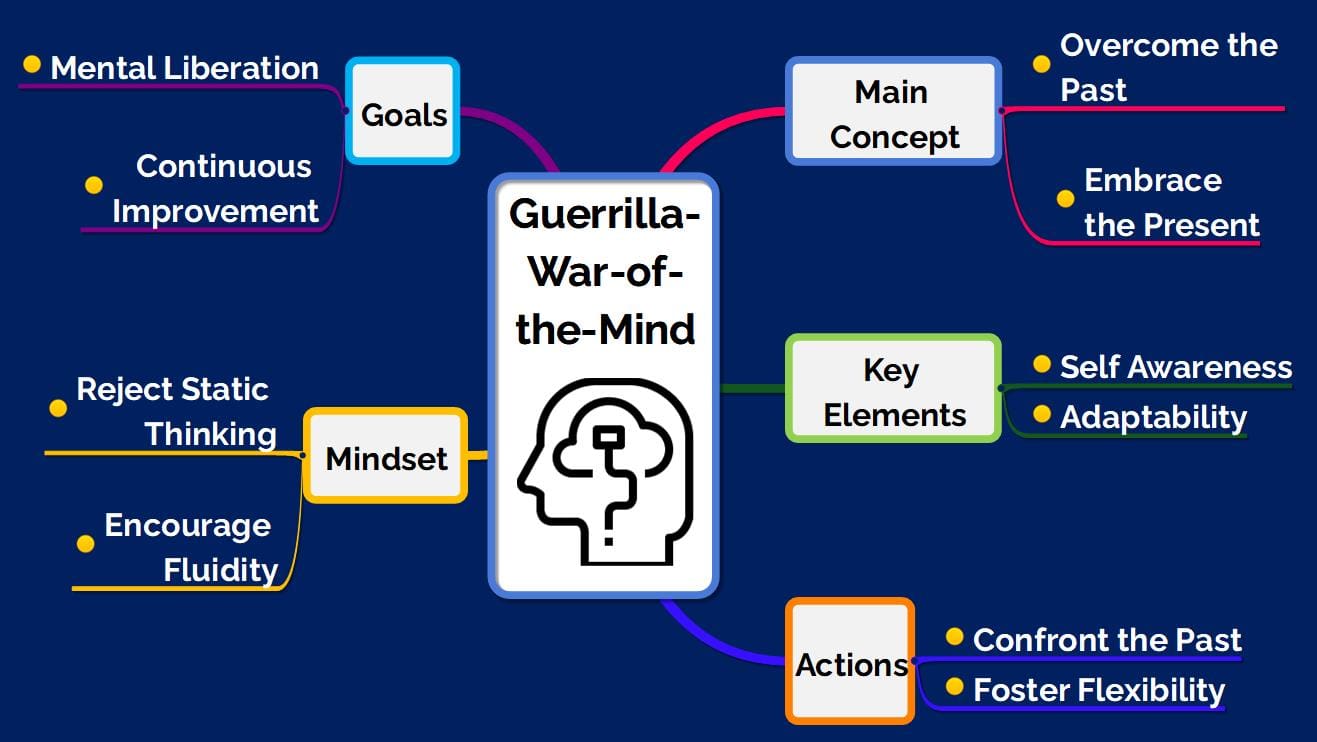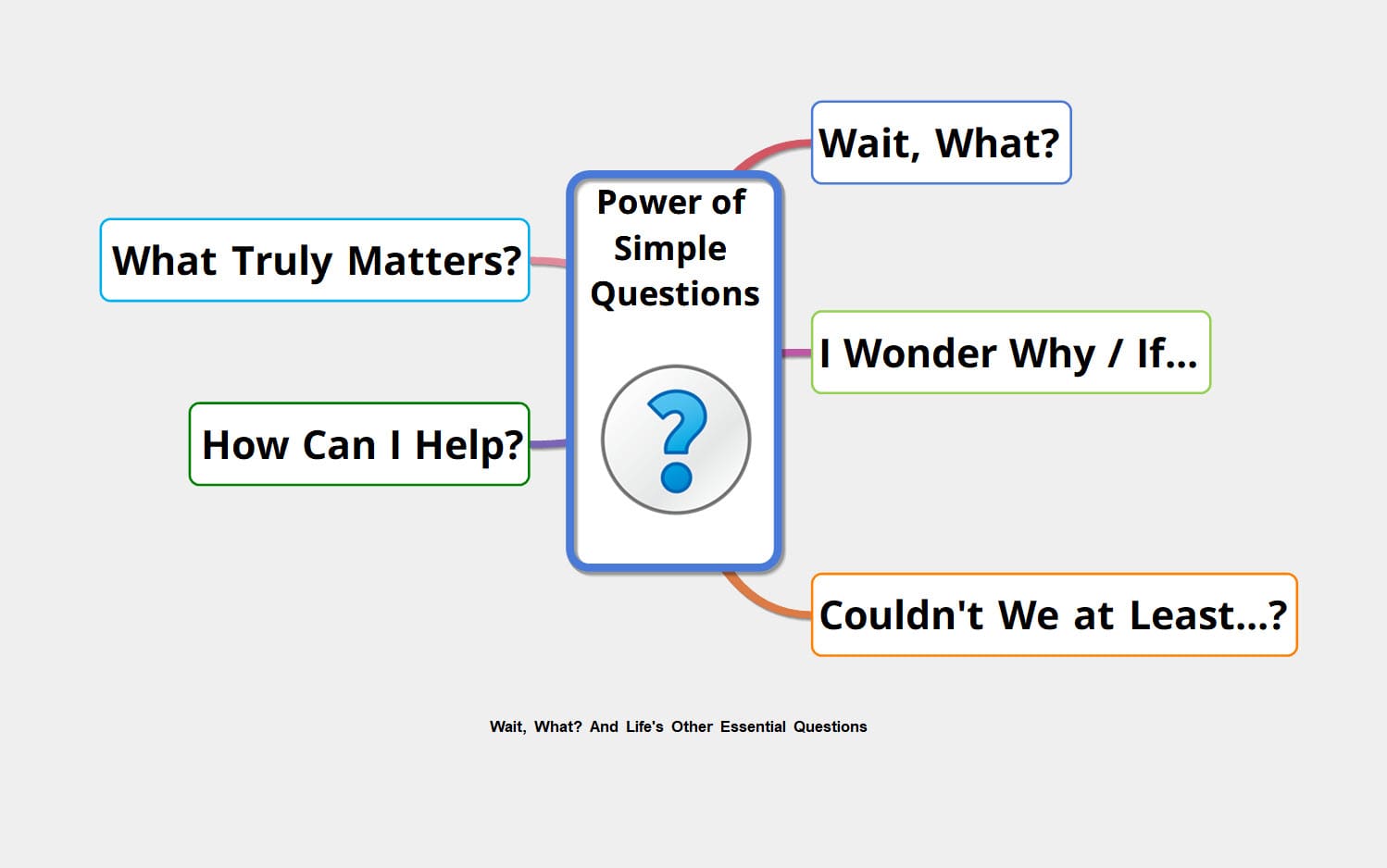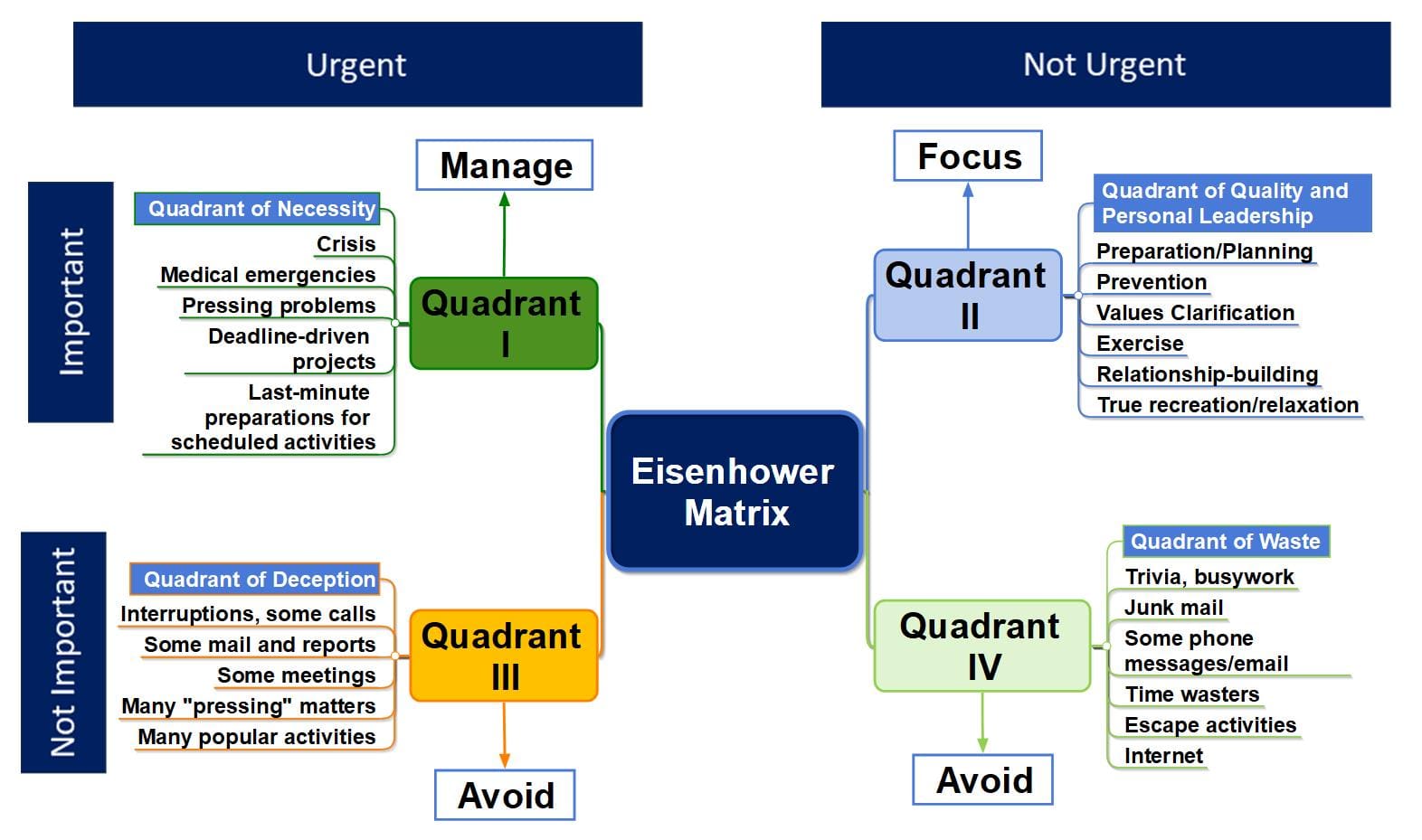In the modern workplace, evaluating an employee’s performance isn’t as straightforward as it once was. With the evolution of organizational dynamics and team structures, the 360-degree feedback system has emerged as a comprehensive appraisal method. But what makes it stand out?
What is 360-degree Feedback?
360-degree feedback, also known as multi-rater feedback or multi-source assessment, diverges from traditional performance reviews. Instead of primarily sourcing feedback from an employee’s direct manager, this system gathers insights from a spectrum of stakeholders in the individual’s professional realm, offering a well-rounded view of their performance.
Key Components of 360-Degree Feedback
- Multiple Feedback Sources: It isn’t limited to one viewpoint. Feedback comes from:
- Supervisors: The immediate hierarchical superiors.
- Peers: Team members and colleagues.
- Direct Reports: Subordinates in the organizational structure.
- Self: An introspective assessment by the individual.
- External Sources: This can include clients, suppliers, and other external partners.
- Varied Feedback Areas: The scope of the assessment isn’t restricted to task performance. It spans areas such as:
- Communication prowess
- Leadership qualities
- Collaborative abilities
- Problem-solving skills
- Technical expertise related to the job
- Interpersonal interactions
- Confidentiality: Honesty is encouraged through anonymous feedback, ensuring objective and candid insights.
- Development-Centric: Beyond mere evaluation, 360-degree feedback leans heavily towards professional development. It aids individuals in recognizing strengths and pinpointing areas that require improvement.
- Constructive Feedback Presentation: Feedback is structured into comprehensive reports. These highlight strengths and areas for growth and offer developmental strategies, emphasizing constructive growth.
The Upsides and the Hurdles
Advantages:
- Holistic Perspective: Provides a multi-faceted view of an individual’s performance.
- Enhanced Self-awareness: Sheds light on how individuals are perceived in their professional circle.
- Targeted Growth: Clearly highlights areas that benefit from further training or development.
Challenges:
- Bias Risks: If not properly orchestrated, personal biases or underlying office politics can taint feedback.
- Potential Overwhelm: For some, absorbing feedback from multiple quarters can be overwhelming, particularly if perceptions clash.
- Demands Efficient Management: A successful 360-feedback process requires meticulous planning, transparent communication, and guidance.
Integrating 360-Degree Feedback
For 360-degree feedback to truly shine, it should be embedded within a broader performance management and developmental framework. It’s paramount that participants, both givers and receivers of feedback, understand its objectives and are equipped to handle feedback with a growth mindset.







